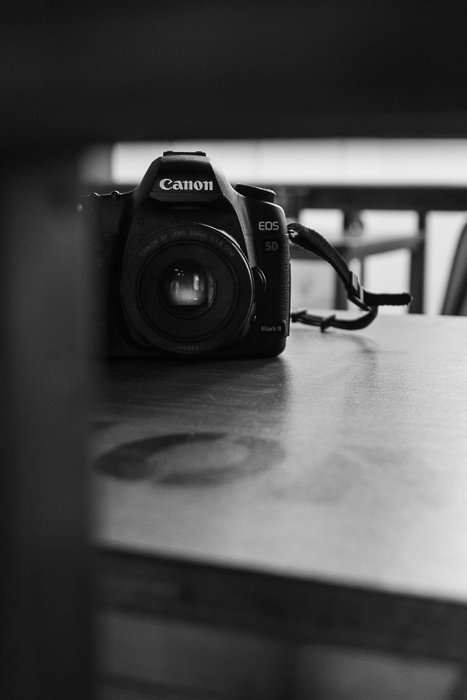If you’re looking for a minimalist photography gear setup, you’ve come to the right place. In this article, we will share with you some of the best camera gear and accessories for minimalist photographers.
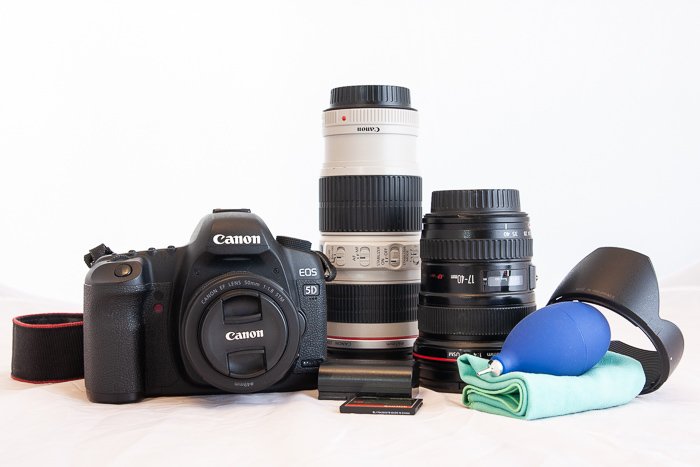
The Benefits of Minimalist Photography Gear
Technical Discipline
I’ve since updated my gear. But on location photo shoots, I still usually restrict myself to packing one camera, two lenses and UV filters, cleaning gear. Sometimes I’ll bring a tripod and shutter release.
I think carefully about every photography purchase I make and what I pack into my bag.
I invest in gear because it’s essential for my photography. Not because the advertisements tell me I need it!
Sometimes we all get photography-equipment-envy. But think about past photographers who worked with very basic gear.
Many of them didn’t have access to camera accessories or extensive lighting kit. And they certainly couldn’t buy gear online.
I take my inspiration from their technical discipline. Their intuitive creativity with composition and natural light interests me.
Especially their practiced responses to aperture, focal length, and shutter speed.
Reducing my gear forces me to get the basics right. I have to consider settings, subject matter, composition, and lighting.
Practice relentlessly. And rely on your photographic skill and experience. The latest gadgetry alone doesn’t make for good pictures.
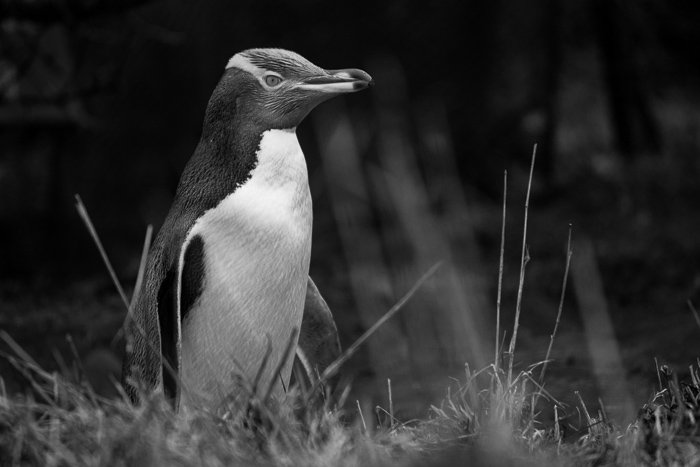
Developing Your Style
Simplifying your gear helps you refine your style and direction. While you focus on developing your technical skill, keep your gear uncomplicated.
As you gain experience, you might find yourself regularly borrowing a friend’s hefty telephoto zoom lens for photographing bird life. Or perhaps you’re using the dodge tool more in post-production and are considering a reflector.
Over time, you’ll learn what type of photography you’d like to specialise in. Then you’ll know exactly what additional gear you need, and why you need it.
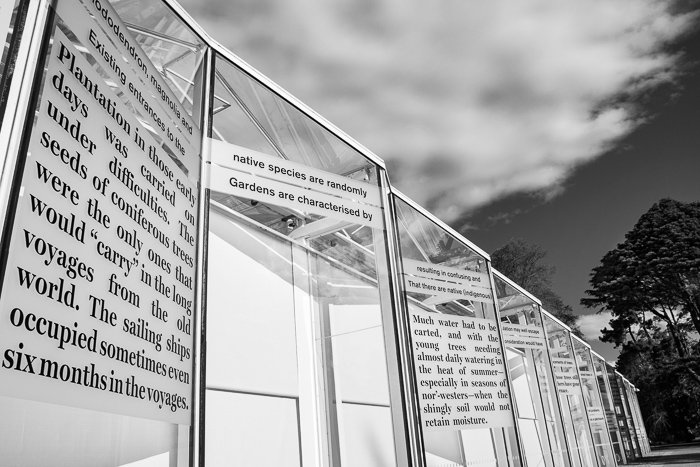
Spending Money Wisely
The obvious benefit of using minimal photography equipment is the money you’ll save. Photographers can’t avoid spending money. By reducing unnecessary gear, you’ll have more money available to spend on quality essential items.
The money you’ll save might mean you can invest in a full frame camera body, an f/1.4 lens instead of an f/1.8 lens, or storage cards with more memory.
You won’t have unused equipment gathering dust on the shelf. Instead, you’ll have sturdy and reliable gear that you use regularly, and that makes great photographs. We have a post on great camera accessories for under $250 you can look at.
Easy To Carry, Quick To Respond
A few hours of carrying photography gear around can cause twinges in your back and shoulders. If you’re out for an entire day, lots of gear can be a very real pain in the neck.
Ditch unnecessary equipment. You’ll photograph for longer without the distraction of discomfort.
If you want to live life on the edge, leave the bag and take your camera with one lens! When I’m on location photo shoots, I inevitably end up halfway up a tree or broken old staircase, crawling under hedges or over rubble, or kneeling in a puddle of water for half an hour. I need to move around easily with both hands free so that I can make good photos.
The less gear you carry, the easier the decision-making process for each photo. This speeds up your photography and reduces the chances of missed opportunities. Carrying minimal gear will help you respond quickly and inconspicuously to scenes unfolding. Whether it’s at a wildlife park, street parade, or your child’s birthday party, you’ll be prepared.
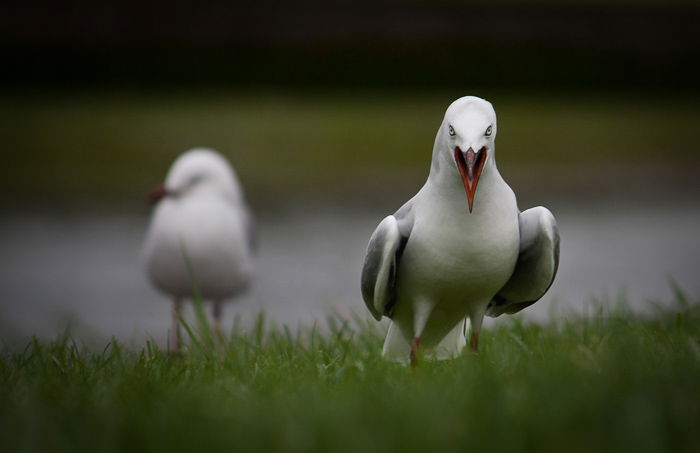
Making the Most of Minimal Photography Equipment
The Skinniest Camera
You obviously need a camera. But you may not need the biggest, newest model. Sometimes all you need is your mobile phone to take the right photo at the right time.
Smartphones now include features such as wide-angle or telephoto options, stabilization, low light functionality, and ISO adjustment capabilities.
Apply the rules of composition, and look for the right light and the right moment. You might end up with a pro-grade photograph made with a gadget that fits in your pocket.
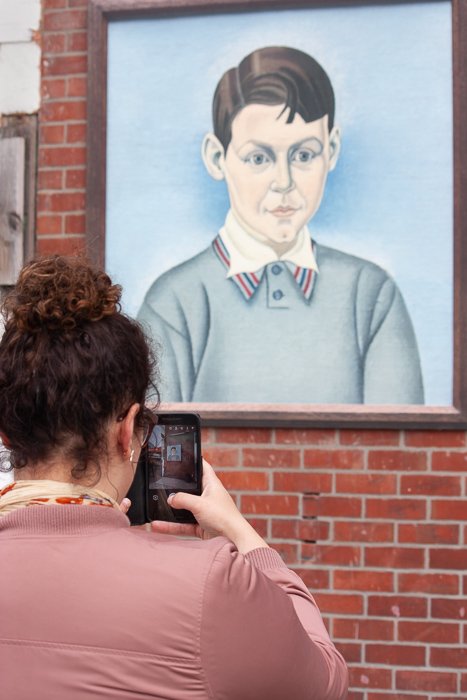
Your Fancy Camera
Invest in a robust camera as current as your budget allows. It’s OK if you can only afford a crop sensor camera. You’ll still make great photographs and learn technical, composition, and creative processes. Read reviews, get feedback from other photographers, and don’t underestimate second-hand purchases.
Professional photographers have at least one ‘back-up’ camera ready to use during their photo shoots. But for my personal street and landscape photography, I stick to the one camera body. This keeps my kit light and is one less thing to worry about.
Tripod
A tripod (and its best friend, the shutter release cable) is an important part of a photography equipment kit. It ensures your images are sharp, provides creative opportunities. And it gives your head and hands a rest when you’re waiting for an hour for the perfect shot.
There will be times however, when you don’t have your tripod with you. Look around for flat surfaces to use instead – plinths, steps, tables, and park benches can do the trick.
Author’s admission: when I started photography, I could only afford a shutter release cable and small table-top tripod. For my night photography, I carried a kitchen chair around with me through the rubble of my earthquake-damaged city!
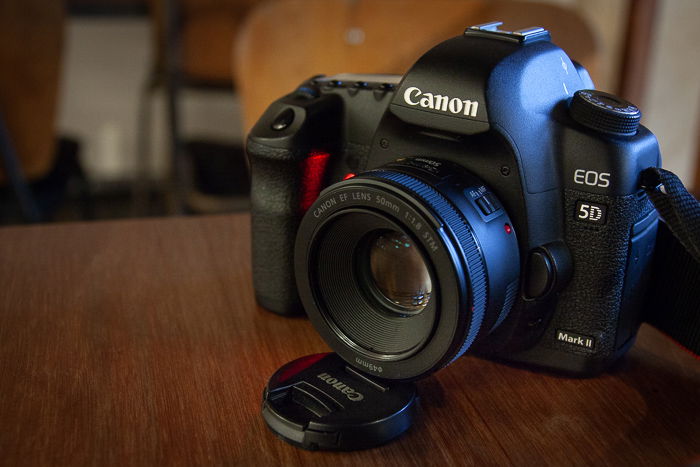
Packing the Right Camera Lens
I travel light on lenses when I’m out with my camera. My Canon 50mm f/1.8, 70-200mm f/1.4, or 17-40mm f/1.4 lenses are my main go-to lenses. I pack only one or two of these options so that I can make quick decisions, keep my kit light, and stay focused on my story.
Occasionally, I’ll need a lens that I don’t own such as macro lens or 35mm prime lens. I can borrow these from friends or hire them for a day from my local camera shop.
Camera lenses cover a wide array of focal lengths, purposes, and budget. Work out the focal lengths you’ll regularly need to include, research what will work best for you and your style, and invest wisely.
Don’t have a lens hood? Don’t stress. Until I bought my lens hoods, I used my strategically placed hand or a notebook to block direct sunlight.
Carrying lots of lenses and accessories around is cumbersome, distracting, and expensive – particularly if you’re accident-prone like me.
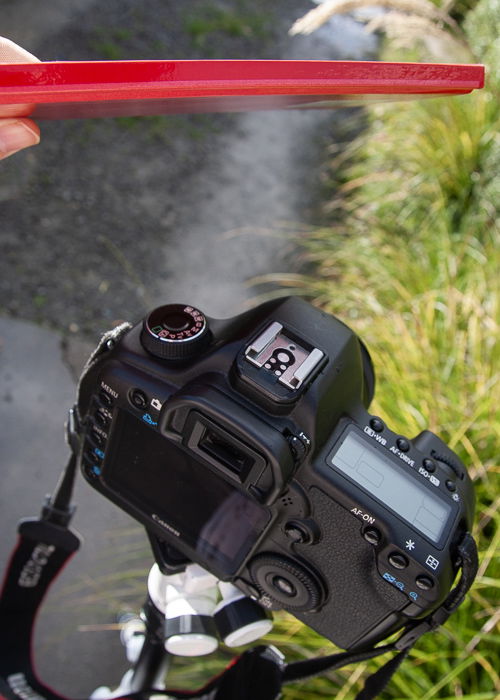
Filters
Neutral density filters are a fantastic way to control the exposure in your photographs. Polarising filters reduce glare and haze. Most of the time, I use neither – I stick to UV filters.
In my natural urban environment, I need to adjust my settings fast. Adding and removing filters doesn’t work for me. If the weather isn’t providing the perfect skies to photograph, I either don’t take the photos, or I make quick adjustments in Lightroom.
The use of filters depends on your photography style and subjects. If you’re specialising in landscapes, extra filters can be great, but don’t worry if you don’t have any. Look for angles or subjects that work without a specialty filter. Change your lens to get some close-up photos of street details or nature instead.
The world will keep turning without an ND or polarising filter!
Photography Lighting Equipment
Lights, flashes, and light modifiers can generate impressive lighting conditions for your photographs. Unfortunately they take up an impressive amount of space. And they require additional accessories such as stands, light meters, and battery packs.
Working with natural light as your main light source provides opportunities to work simply in multiple locations. Natural light also creates shadows. These are great for demonstrating mood and emotion in your photographs.
An important part of photographing with natural light is checking forecasts, sun direction, and sunset and sunrises.
The most frequently-used piece of ‘lighting equipment‘ in my kit is my reflector. I take this to portrait photo shoots. I also have a handy list of all-weather locations. Here I can photograph with minimal lighting gear throughout the year. I’ve also become familiar with the light patterns and angles, and shadows that form at these sites.
Do some research and practice. You’ll learn to trust your instincts on natural light and leave the fancy lights for the studio.

Conclusion
Don’t let lack of photography equipment stop you from taking photographs. Photography should be accessible for people of all ability, fitness, and financial status. Some of the best photographs have been made using the most basic of gear without any complicated ‘bells and whistles’.
Photographing with minimal gear will free up your hands, give you more energy, and encourage your creativity. Use what equipment you have. And keep your kit simple for candid, responsive, and relaxed photography.
